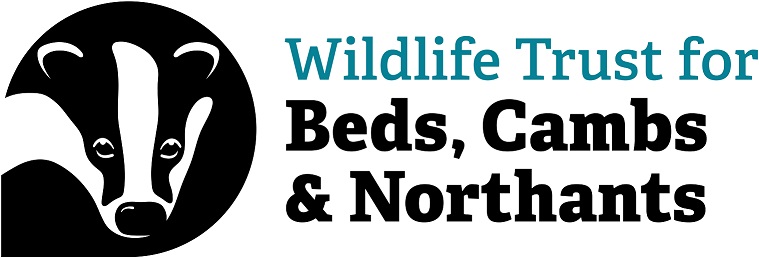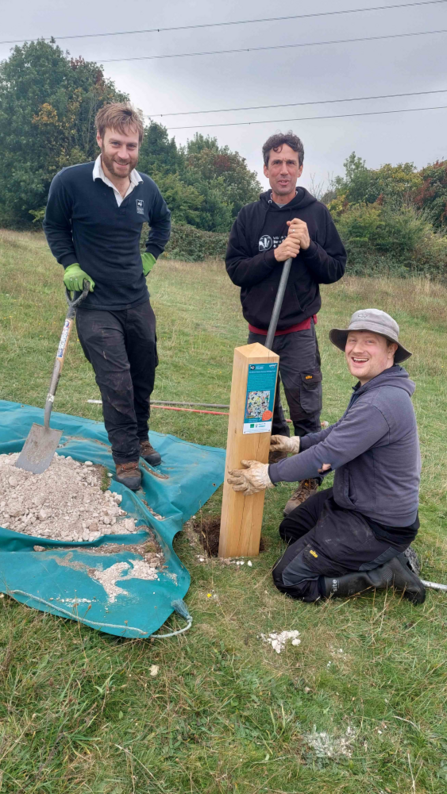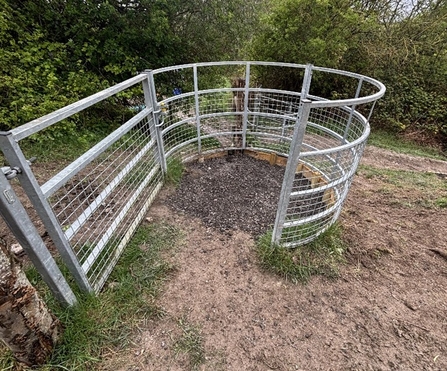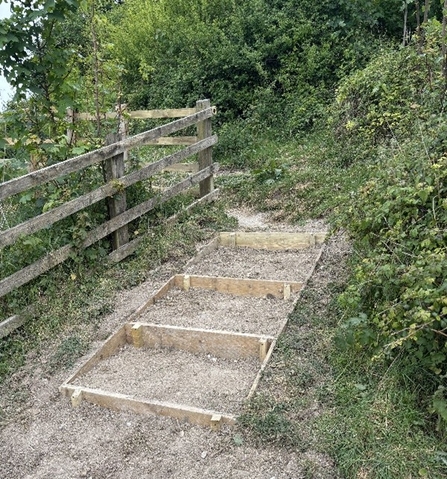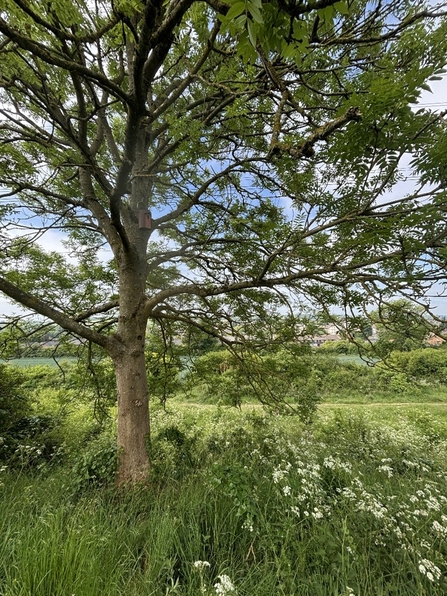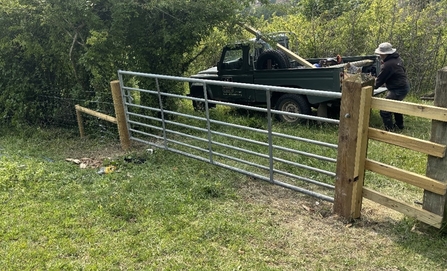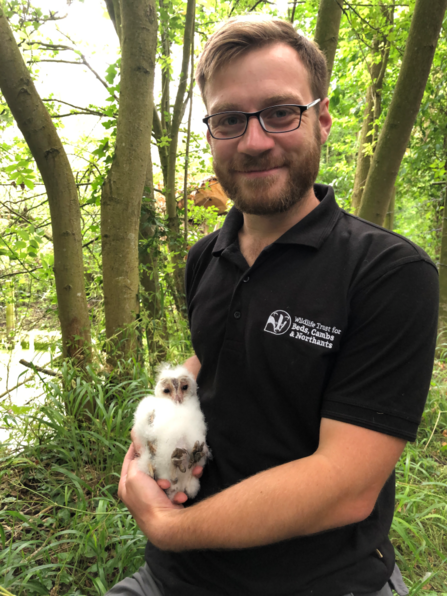
After graduating from my Bachelor degree of Animal Biology and Conservation at Oxford Brookes I went on to the Masters course, Conservation Ecology, also at Oxford Brookes. Alongside this I volunteered as a warden with the RSPB at Otmoor, this internship trained me in tractor driving, chainsaw use, herbicide application, and habitat management of reedbed, grassland, and hedgerows, and leading volunteer work parties.
We also conducted nest counts of Lapwing and recorded nesting activity of cranes and bitterns. I carried out my Masters dissertation on lowland nesting curlew in the upper Thames catchment, a project I was introduced to through volunteering with the RSPB. This experience put me in good stead for my next role with Wildscapes CIC, a subsidiary of Sheffield and Rotheram Wildlife Trust that carries out land management and ecology contracts.
